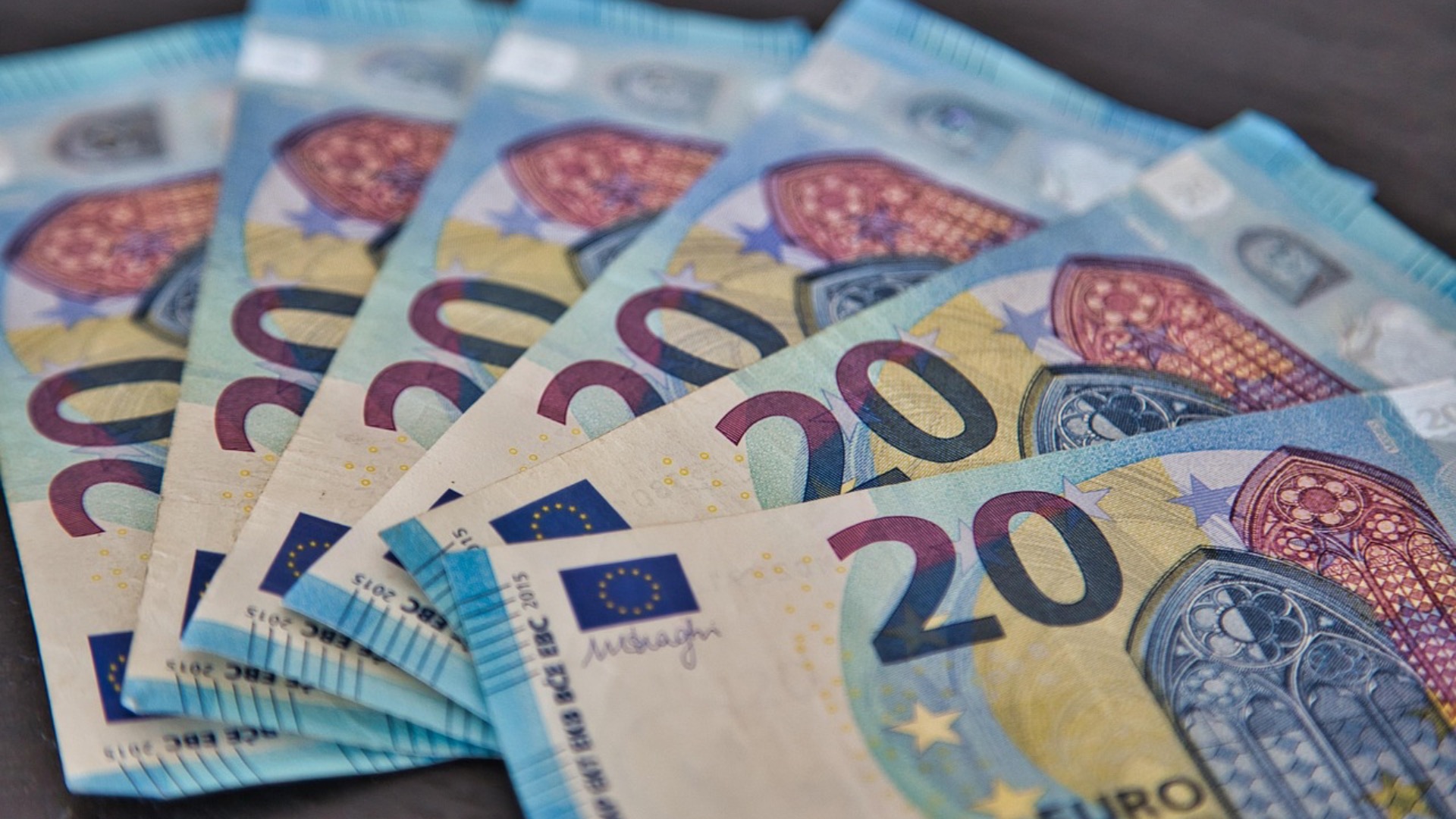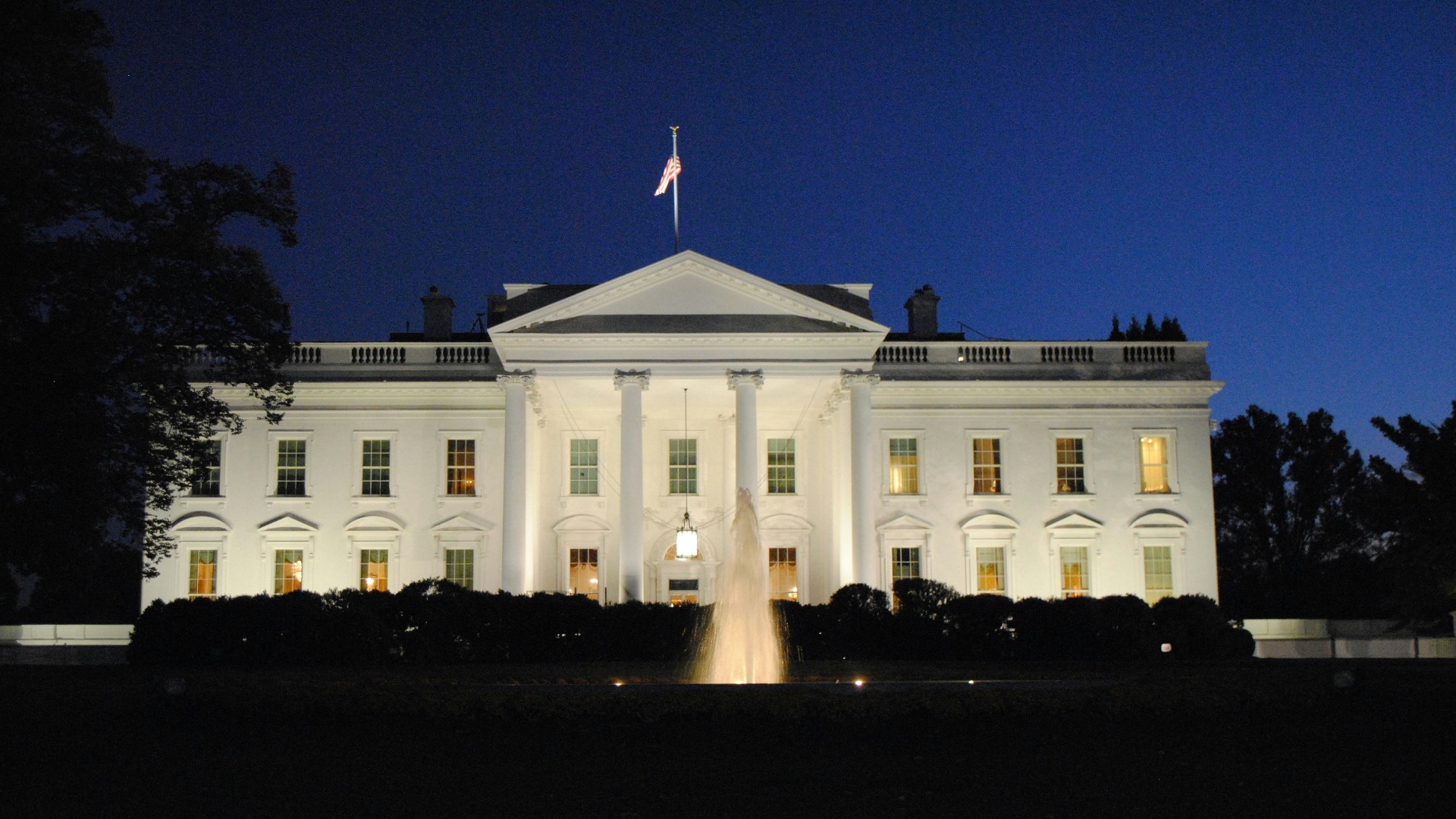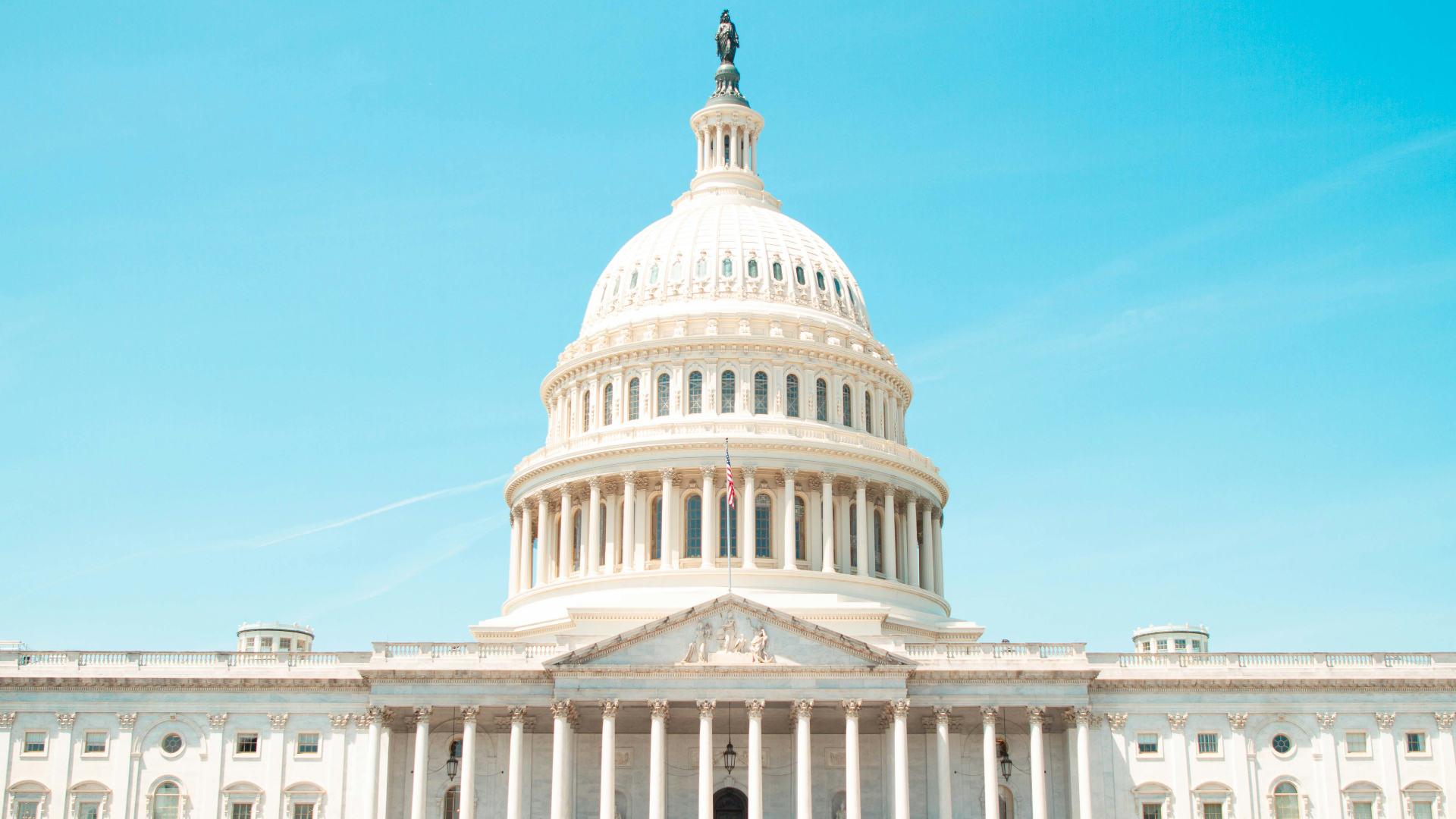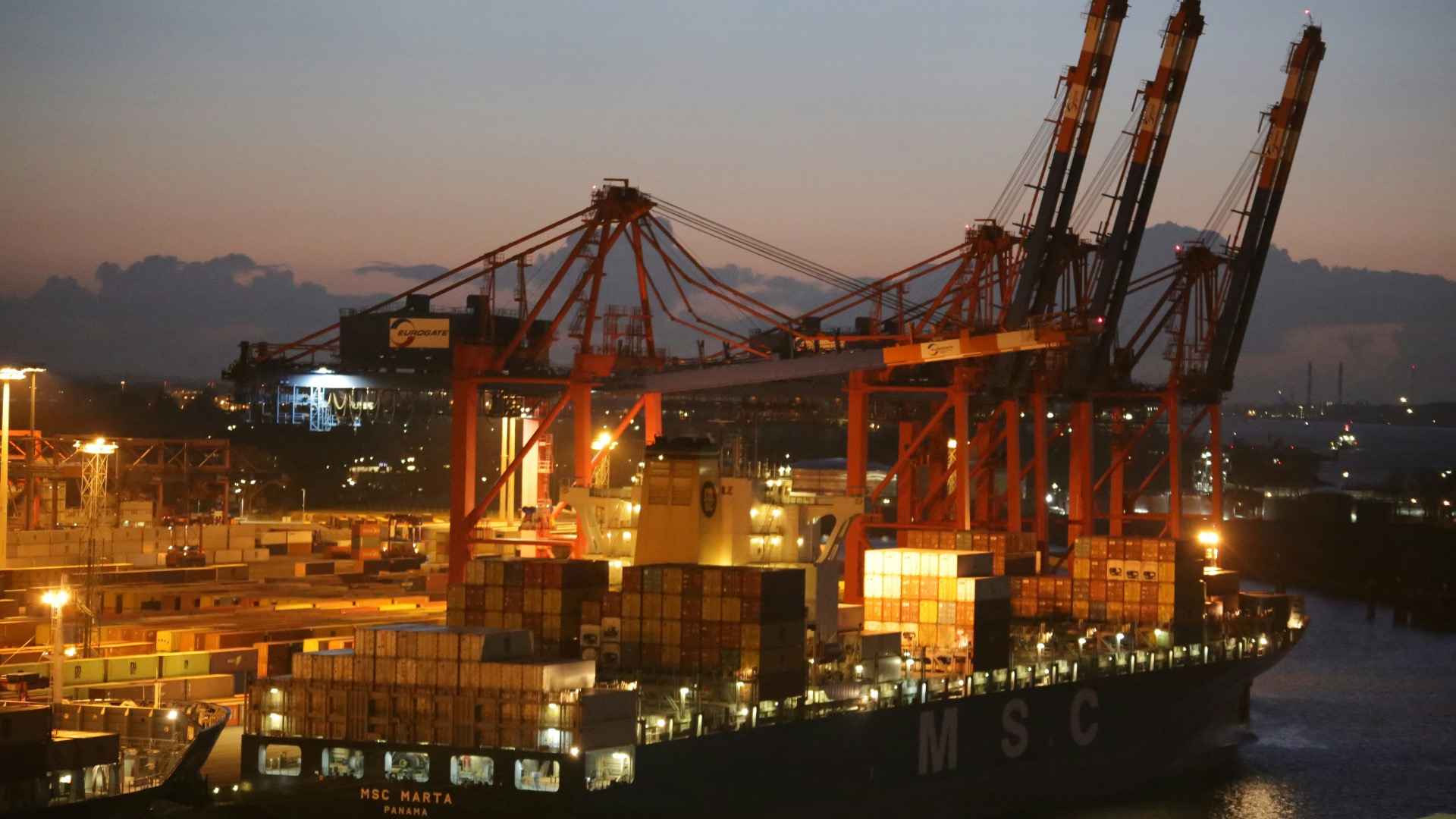
Europe’s Low-Growth Trap: Economic Stagnation and Diplomatic Implications in 2025
Europe’s “low-growth trap” has become a pressing concern for policymakers, executives, and diplomats alike. The EU’s economic expansion remains tepid, with growth projected at 1.1 percent in 2025, and the euro area trailing at 0.9 percent. Within the bloc, disparities persist—Germany hovers near stagnation at 0.4 percent, while Spain and Poland expand at a stronger 2.6–3.3 percent. This sluggish pace stems from persistent headwinds: rising trade frictions with the United States, weak productivity, and demographic decline. The challenge is not only economic but also strategic—Europe’s dwindling growth threatens its leverage in global diplomacy.

Current Economic Context
Europe’s growth rates remain well below the 2 percent threshold needed for sustained momentum. Germany’s near-flat trajectory underscores deeper structural weaknesses across the bloc. Private forecasts and IMF projections converge on one reality: Europe’s medium-term outlook is fragile.
Trade tensions with Washington and tighter financial conditions across the euro area have dampened investment and confidence. Incremental boosts in infrastructure and defense spending fail to compensate for broader economic fatigue. Stagnation and uncertainty now define Europe’s 2025 economy—and undermine its global competitiveness.
Diplomacy and Trade Strategy Impact
Europe’s diplomatic influence increasingly mirrors its economic vitality—and both are waning. What began as a tariff dispute with the United States now strains broader transatlantic relations. Faced with economic vulnerability, Brussels is working to diversify partnerships and reduce dependency on American markets.
New engagement with Mexico, the Indo-Pacific, and the revival of the EU-Mercosur agreement are as much diplomatic maneuvers as trade strategies. They signal an effort to anchor Europe’s relevance in a shifting global economy. Yet, internal frictions persist. Non-tariff and regulatory barriers within the EU still act like an invisible tariff—44 percent on goods and over 100 percent on services—undermining the very cohesion Europe needs to act as a unified global player.
Structural Headwinds and Reform Imperative
Europe’s stagnation runs deeper than cyclical malaise—it is structural. Aging populations, chronic underinvestment, and lagging productivity have turned incremental policymaking into crisis management. The IMF urges coordinated reform as a “down payment” on future prosperity.
Key steps include lowering energy costs to revive industrial competitiveness, harmonizing bankruptcy and regulatory frameworks, and stimulating intra-EU investment. Together, such measures could lift productivity by seven percentage points, closing half the gap with the United States. This is more than economic housekeeping—it is a diplomatic necessity. A stronger, more dynamic Europe commands greater respect and bargaining power abroad.
Diplomatic Consequences
Economic weakness translates directly into diplomatic fragility. A stagnant Europe negotiates from a position of dependence, not autonomy. Limited fiscal flexibility constrains its ability to fund foreign aid, invest in overseas strategic sectors, or assert technological leadership—all pillars of its traditional soft power.
In an increasingly multipolar world, diminished economic weight allows others—especially the United States and China—to shape global standards and supply chains. Without reform, Europe risks drifting from the center of global decision-making toward the periphery.
Policy Outlook and Recommendations
Short-term priorities should focus on restoring confidence and expanding outreach. The EU must diversify export markets, finalize pending trade agreements, and reassert leadership in multilateral economic forums.
Medium-term priorities demand deeper reform: integrating internal market regulations, accelerating investments in digital technology, green industry, and defense, and modernizing fiscal and strategic instruments. For European diplomats, embedding economic strategy into foreign policy is no longer optional—it is essential statecraft in an era of low growth.
Conclusion
Europe’s stagnation is not just an economic story—it is a geopolitical one. Weak growth erodes the foundation of its global standing, constraining both ambition and autonomy. Only through structural reform and assertive economic diplomacy can the EU reclaim purpose and power in the international order.



2025: A World Without Resolution

The U.S.-Venezuela Limited War of 2025: A Legal and Strategic Assessment




